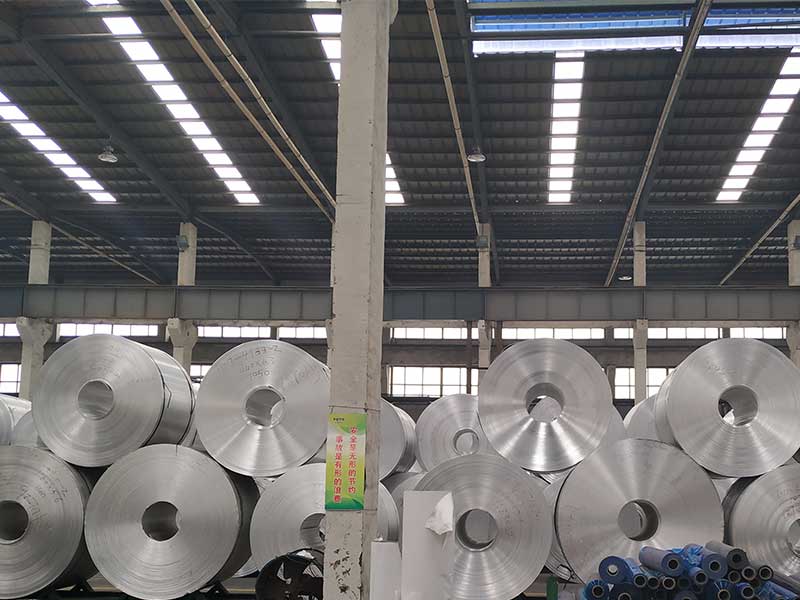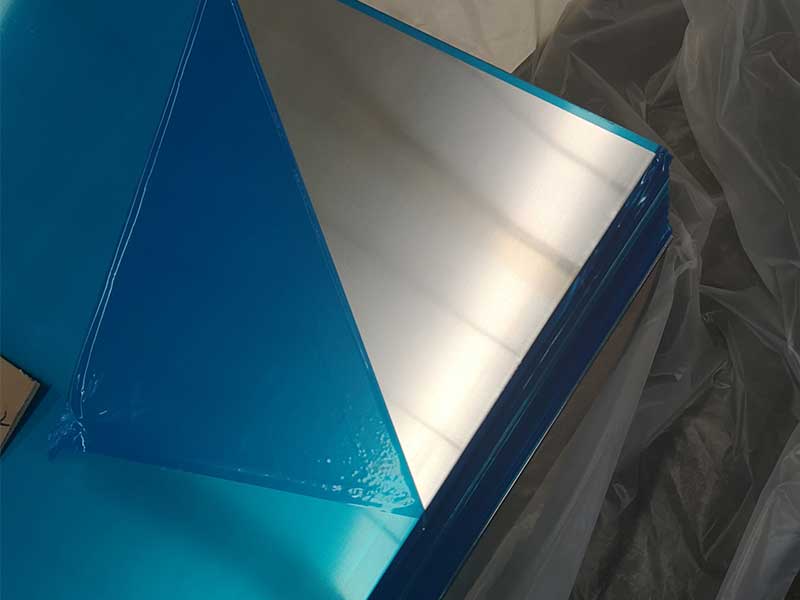Aluminium alloys have become indispensable in various industries due to their lightweight, corrosion-resistant, and easily formable characteristics. Among these alloys, Aluminium 3003 H14 stands out as an excellent option for multiple applications. In this article, we'll explore the features of Aluminium 3003 H14, its benefits, and its diverse uses in contemporary manufacturing processes.
What is Aluminium 3003 H14?
Aluminium 3003 H14 is a non-heat-treatable alloy composed primarily of aluminium, manganese (1.0% - 1.5%), and small quantities of other elements. The "H14" designation indicates that the alloy has been strain-hardened and partially annealed, achieving a significant increase in strength while still allowing for good ductility.
Features of Aluminium 3003 H14:
- Malleability: The alloy is known for its excellent workability, making it easy to fabricate into various shapes and forms.
- Corrosion Resistance: Aluminium 3003 H14 has outstanding resistance to atmospheric corrosion, making it suitable for outdoor applications.
- Weldability: This alloy exhibits good weldability, facilitating seamless integration into various systems without compromising structural integrity.
- Lightweight: Like most aluminium alloys, 3003 H14 is lightweight, which is a crucial factor in industries where reducing weight is essential, such as aerospace and automotive.
Benefits of Choosing Aluminium 3003 H14
When compared with other aluminium alloys, Aluminium 3003 H14 offers several significant advantages:
-
Enhanced Formability: Its excellent malleability allows for various manufacturing processes, including rolling, bending, and drawing. This makes it a favorite among fabricators.
-
Cost-Effective: Due to its abundance and relatively low processing costs, Aluminium 3003 H14 provides an economical solution for large-scale projects without sacrificing quality.
-
Durability: Resistant to corrosive environments, Aluminium 3003 H14 does not easily rust or deteriorate, making it a durable choice for long-term applications.
-
Aesthetic Appeal: The alloy surfaces can be anodized and polished, leading to enhanced aesthetic qualities that are perfect for architectural projects.
Applications of Aluminium 3003 H14
Aluminium 3003 H14 finds its way into a wide range of industries. Here are some common applications:
-
Food and Chemical Processing: It is often used for storage tanks, pits, and pressure vessels, thanks to its corrosion resistance and durability.
-
Automotive Parts: Its lightweight nature makes it a popular choice for manufacturing components like heat exchangers and automotive exteriors, improving fuel efficiency.
-
Construction: Many construction projects employ Aluminium 3003 H14 for roofing, siding, and interior panels due to its superior strength and aesthetic qualities.
-
Marine Applications: The alloy's exceptional corrosion resistance makes it suitable for marine-grade applications, including boat hulls and components.












